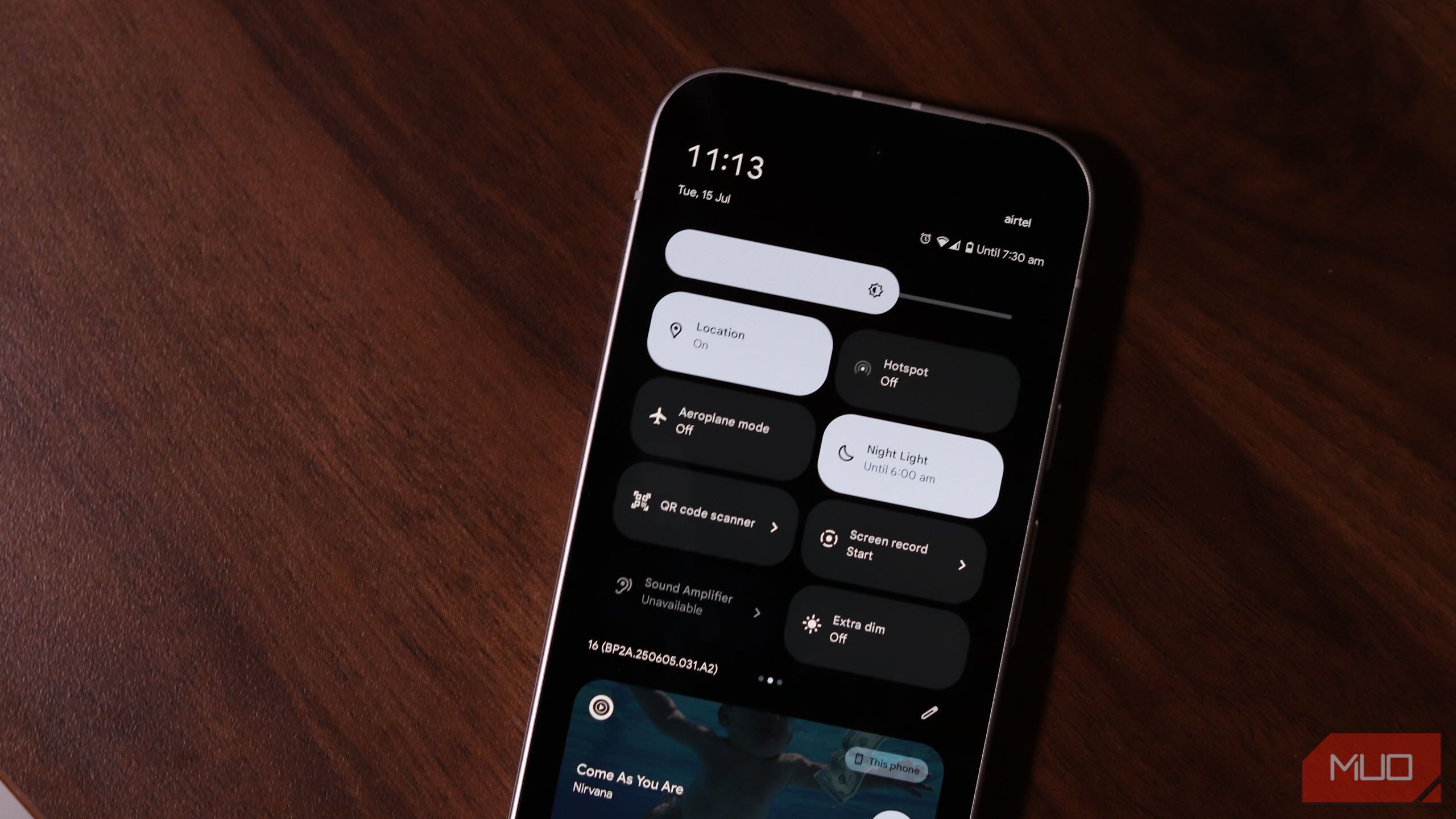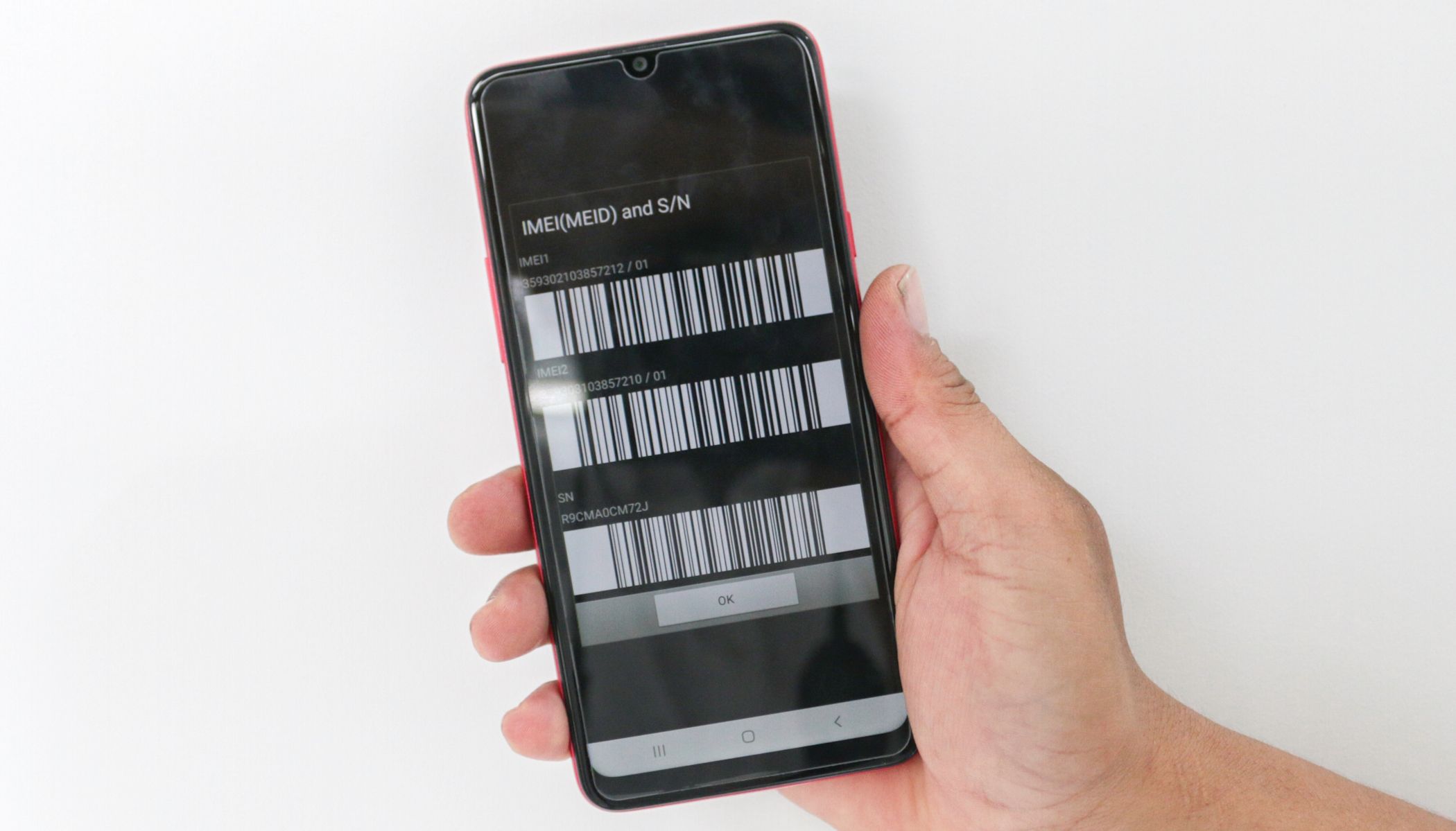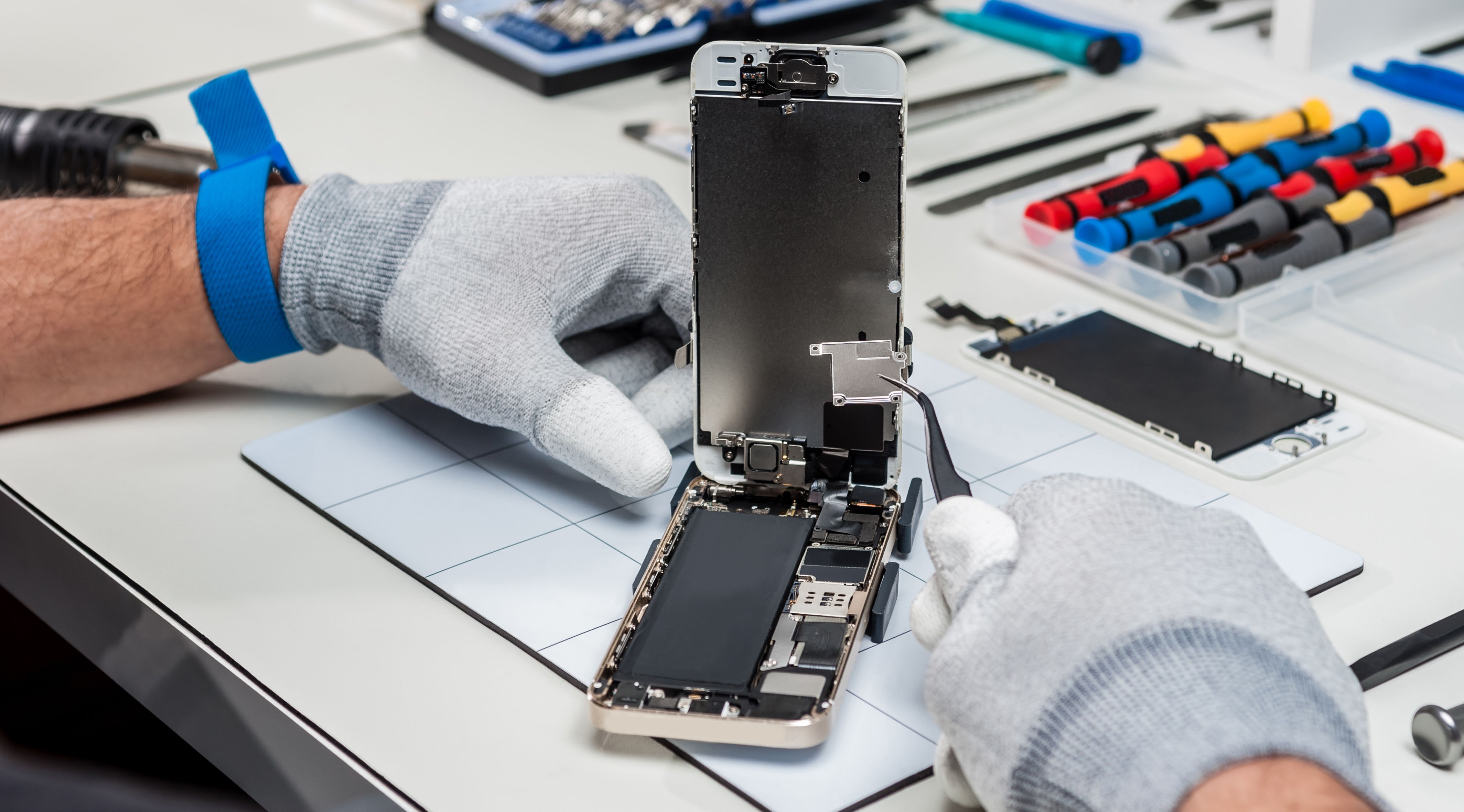Here’s What Phone Thieves Do to Prevent You From Tracking Your Device
Of all the items you carry around with you, your phone is one of the easiest to steal. And while Android and iOS both have device-tracking measures in place, there’s still plenty a thief can do to stop you from tracking your phone once they’ve taken it.
5
Airplane Mode to Disable Tracking
One of the first actions a thief will take after getting their hands on your phone is enabling airplane mode. This is the quickest and easiest way to disable all cellular, Bluetooth, and Wi-Fi connections the phone might have. To make matters worse, both iOS and Android feature an airplane mode toggle accessible from Control Center or the notification shade, respectively, without unlocking the phone.
Your phone requires an internet connection to update its location on Apple’s Find My network or Google’s Find Hub. Some newer devices can update their locations even if they’re turned off, but unless you have a relatively modern phone, your phone will likely go off the grid the moment airplane mode kicks in.
To combat this, consider disabling access to device controls while your phone is locked. On iPhone, you can change this at Settings > Face ID & Passcode > Allow Access When Locked and turn off Control Center. While here, consider what else you wouldn’t want a thief to have access to. On Android, this setting varies by device; try looking under a Lock Screen or similar section in Settings.
4
They Throw Out Your SIM
Your SIM card is the only way your phone can get online when you’re out and not connected to a Wi-Fi network. If you lose your cellular connection, it becomes difficult to track a device either via the internet or cell phone triangulation—a method often used by law enforcement to track down phone numbers or devices via their IMEI numbers.
This is one of the biggest reasons why we recommend using an eSIM to lock down your smartphone against theft. eSIMs won’t protect your data from being accessed or your phone from being stolen, but they’re not as easily swappable as physical SIMs. This means your phone will still register on your carrier’s network and, if you have mobile data enabled, will be able to update its location on whatever tracking service you’re using. This makes it easy for you and law enforcement to track down a missing device.
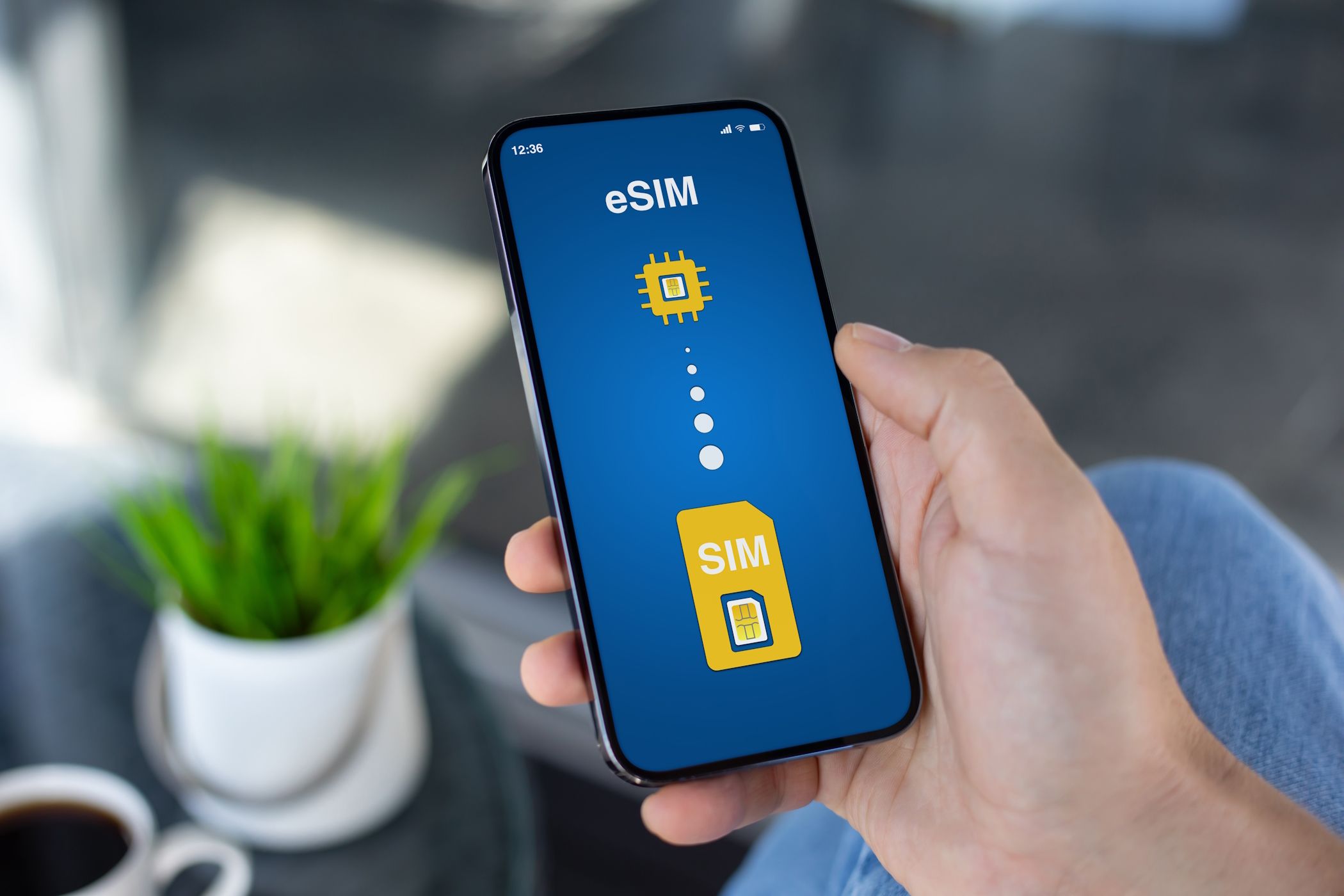
Related
This Is How Your eSIM Can Be Hacked
eSIMs are safer, but they’re not perfect.
eSIMs aren’t foolproof, though; someone with enough technical expertise could break in and disable them. However, the level of technical expertise required to do so is high and likely not possessed by the average smartphone thief or pickpocket. It also makes your phone useless on the second-hand market, meaning the culprit can’t sell it off immediately after your phone is stolen.
3
Factory Reset and Flash a New ROM
On older devices without modern factory reset protections, a thief can either factory reset your phone or install a new OS and get it running as a new device. It’s not the easiest process, but it’s certainly easier than swapping out an eSIM. Most phone repair shops would be able to flash a new ROM on an existing phone to bypass all active protections.
Android phones are generally more susceptible to this method compared to the iPhone, especially considering the number of smartphone ROMs available for download online. Note that this requires the device bootloader to be unlocked, so once again, some technical expertise is required to carry out the operation.
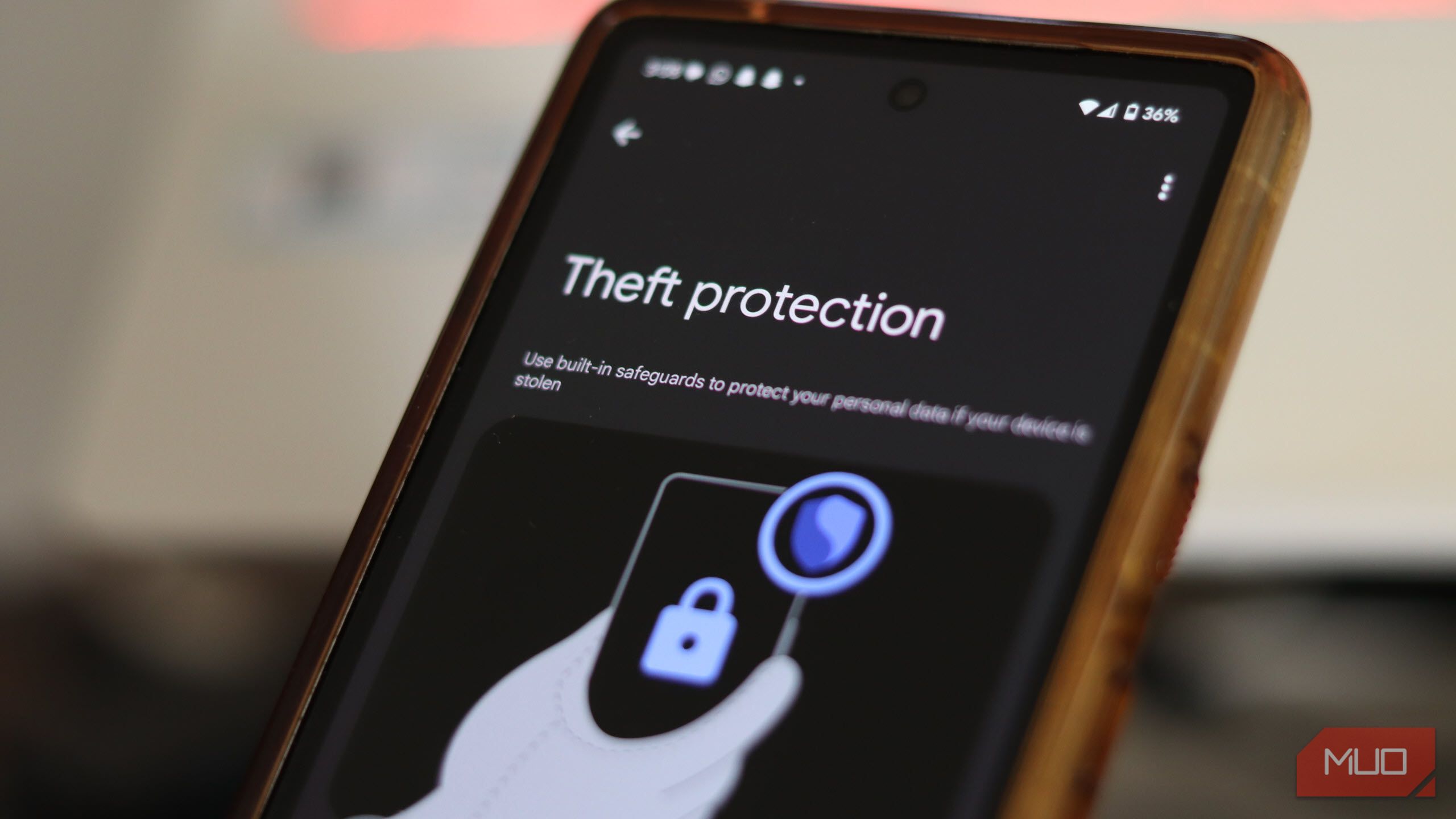
Related
The Next Time You Lose Your Android Phone, It Will Be Easier to Recover
Your Android phone will lock itself to oblivion rather than be reset.
However, with some thieves making hardware modifications to the phones to swap out specific microprocessors and circuits, it is possible. Android also has Factory Reset Protection that’s supposed to make your phone unusable by locking the reset procedure in case of theft. But it isn’t foolproof, and there are ways to bypass the protections so a criminal can use a stolen phone without providing any proof of ownership.
2
IMEI Swaps
Another effective, yet technically difficult, method to prevent you from tracking your phone is swapping out the IMEI number. An IMEI (International Mobile Equipment Identity) number is a unique 15-digit code that identifies your phone on a carrier’s network. As long as your phone has an active SIM card and connects to a network, it reports its IMEI number and hence can be traced.
Swapping out IMEI numbers isn’t legal in the UK, but there’s no law against it in the US. However, it isn’t easy to do properly; doing so is one of the most technically sophisticated actions a thief can take to “flip” a stolen device to sell it on the secondhand market. There are tools available on the internet that can modify the IMEI number of a device, but this is usually temporary and doesn’t mask the true number.
This is another method that’s more applicable to Android devices than iPhones, though it depends on what chipset your Android device uses.
1
Hardware Modifications
Last but not least, it’s possible to swap out or remove microprocessors/components on your phone’s motherboard to bypass protections and unlock/reset a stolen device. I’ve had firsthand experience with this when investigating the recent theft of my own Pixel 7a. I ran into a shady phone repair shop that promised “repair” capabilities verging on the limit of legality.
A lot of kernel-level or hardware-level protection solutions work on individual components. So if someone were to swap out an entire integrated circuit on your phone’s motherboard, it could, in theory, bypass such protections. This method is surprisingly cost-effective to carry out, and any repair technician who works on phone motherboards will be able to identify vulnerable components with some research.
The only silver lining here is that such methods largely depend on the capabilities of a thief or their affiliated networks. It’s a common practice here in India, which happens to be the most competitive (and one of the largest) smartphone markets in the world.
A lot of people look for cheap repairs instead of throwing away their phones, and technicians have figured out ways of repairing or working with a variety of phone motherboards and different chips. If replacing a chip can bring your phone back from the dead, it can also unlock it or disable tracking.
As phone internals further shrink in size and companies start developing custom hardware, making hardware modifications to stolen phones will be more difficult. This means while there’s less of a chance your phone can be repaired because a tiny $0.02 chip gave up, it also means another similar chip can’t be replaced to make your phone untraceable.
As smartphones get smarter, tracking them when lost is becoming easier. However, phone thieves are also getting clever at finding ways to take them off the grid. Your best defense is still the simplest: stay alert in public and avoid getting your phone stolen in the first place. It’s a frustrating—and often costly—situation, as I’ve learned from personal experience.
